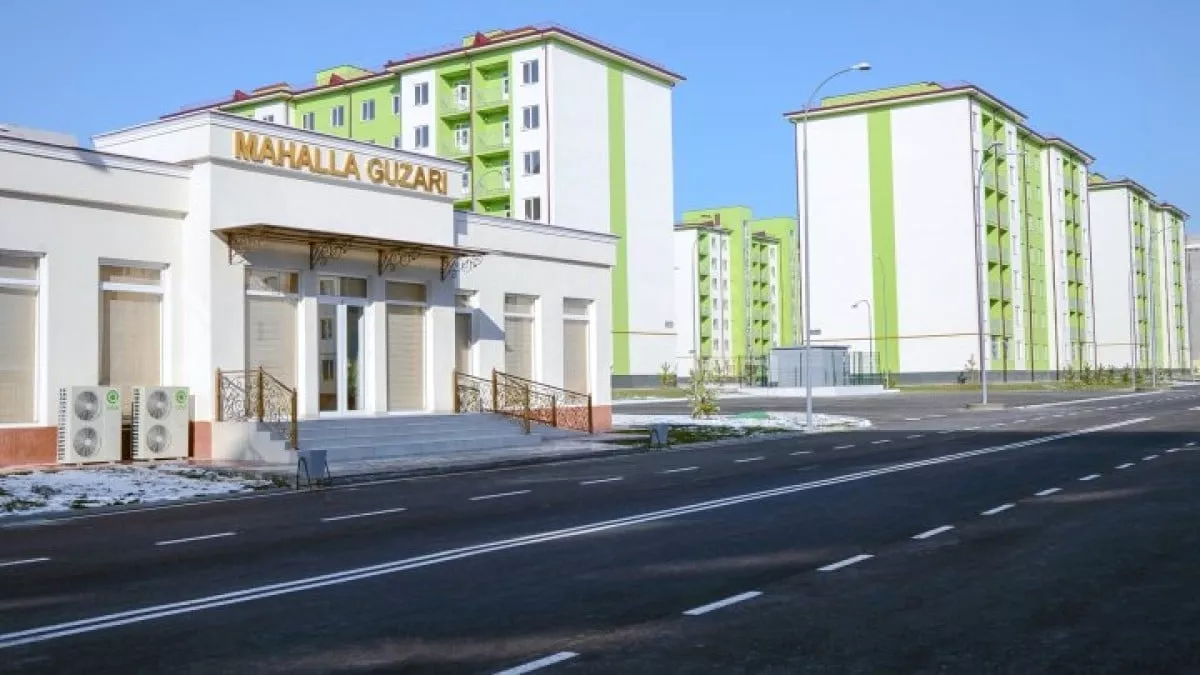
The goal of the Government of Uzbekistan is to develop a program of “model safe streets and houses” to reduce the level of crime in neighborhoods. This was reported by Upl.uz.
Especially in areas where crime rates are high, new requirements are being introduced to ensure safety. These measures are aimed at fundamentally improving the situation by strengthening inspectors' preventive work and closely cooperating with the local population.
Within the framework of the program, standards for “model safe streets” and “model safe houses” will be introduced. According to these standards, streets must be fully illuminated at night, and lighting fixtures must be installed in rarely used and blind spots.
Order will be established in the basements and attics of multi-apartment buildings to prevent their use for criminal purposes. In addition, illegal street vending will be completely eliminated, and parking lots will be adapted to technical control standards.
Detailed “roadmaps” will be developed for each neighborhood within the program. The planning of activities will be carried out at the neighborhood, district, and regional levels and monitored on a monthly and quarterly basis.
The timely and complete execution of tasks will be entrusted to the new “Neighborhood Seven” system. This system includes the neighborhood leader, assistant governor, prevention inspector, and other responsible persons.
Streets and houses that meet the new standards will be marked with special identification stickers. This will show the public that the area is safe and under control.
Moreover, the effectiveness of the Crime Prevention Through Environmental Design (CPTED) concept has been proven. Good lighting, cleanliness, and the absence of “dead zones” play an important role in reducing street crime by 30-40%, which is achieved without increasing the number of law enforcement officers.
This serves to enhance safety and ensure peace in society.

